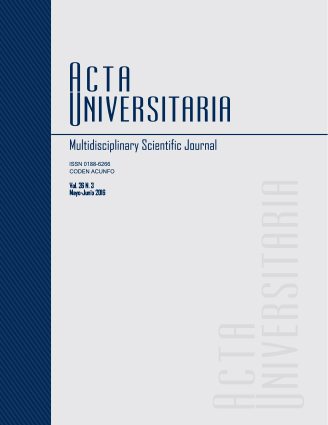Forecasts and time series of basic grains yield in Mexico
Published 2016-07-11
Keywords
- Statistical models,
- Box & Jenkins,
- ARIMA.
- Modelos estadísticos,
- Box & Jenkins,
- ARIMA.
How to Cite
Abstract
Time series methodology was used in this study to compare different methods of forecasting in yields series of basic grains (maize, beans, wheat and rice) in Mexico, with the objective of predict their values in the short term. Forecasts model was ARIMA (1,0,1) for maize, Brow Model with α = 0.202 for beans, Simple Exponential Smoothing with α = 0.757 for wheat and Holt Model with α = 0.5024 and β = 0.0366 for rice. Results indicate that in the short term yields of maize, beans and rice will increase; while wheat yields remain constant. In addition, under different scenarios of population, keeping constant acreage and per capita consumption of basic grains, Mexico will only be self-sufficient in the production of beans. Forecasts obtained in this study can be used in making production and buy-sale of grains decisions.

